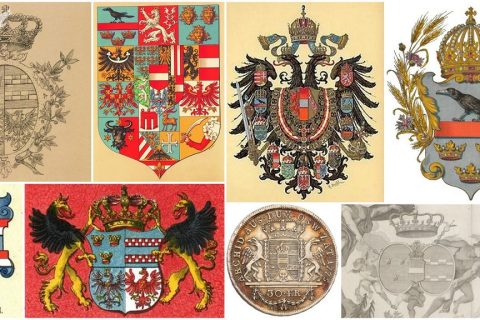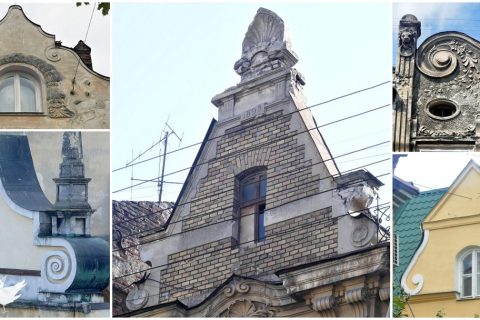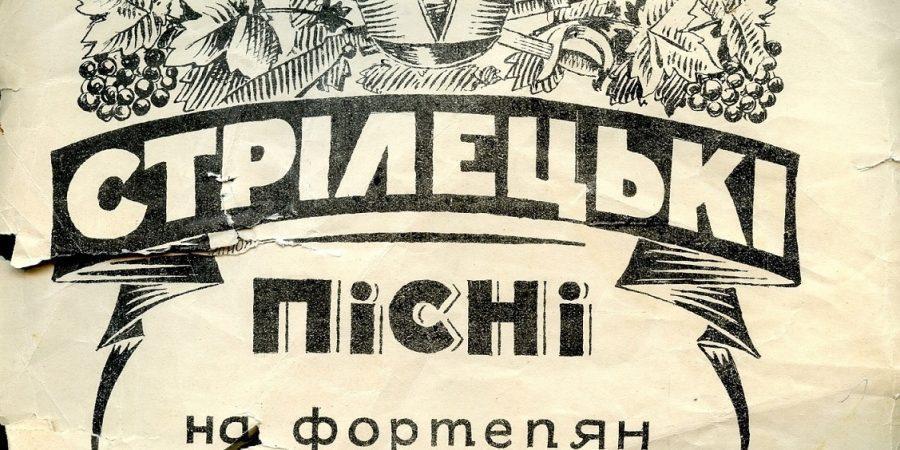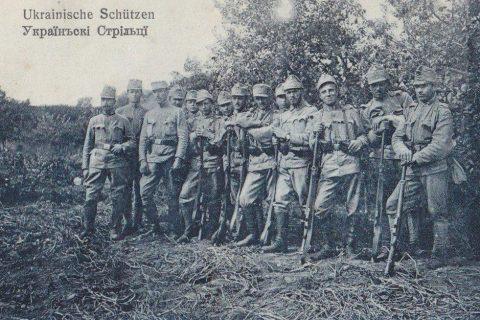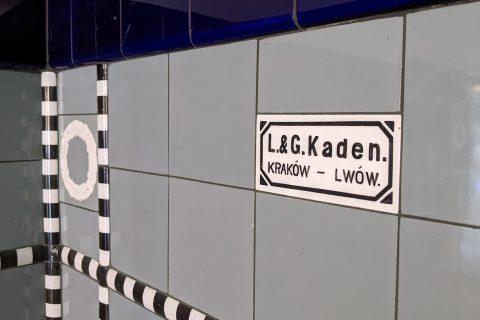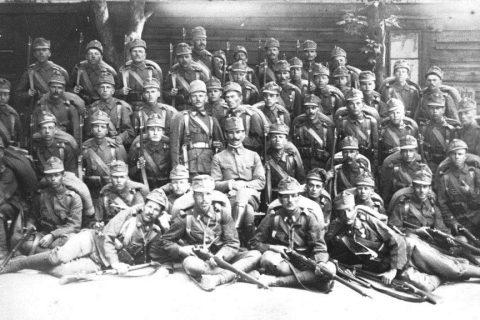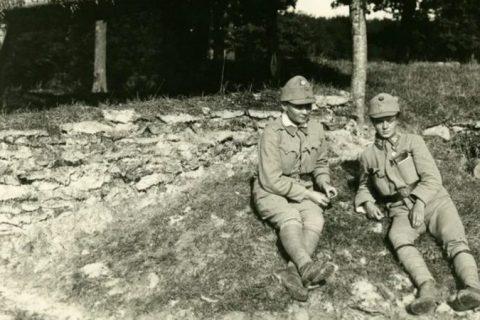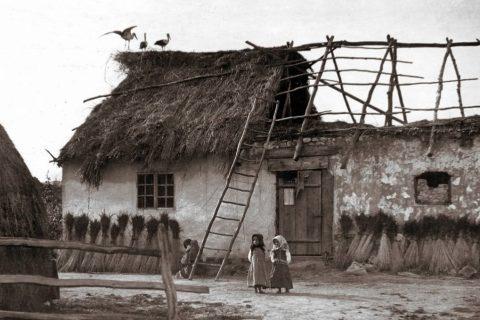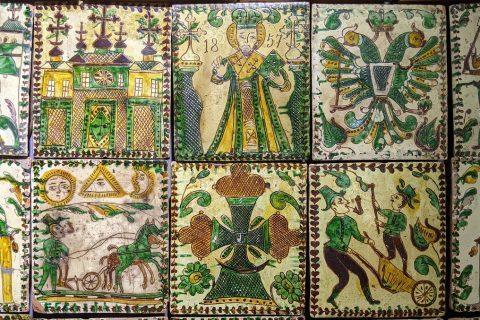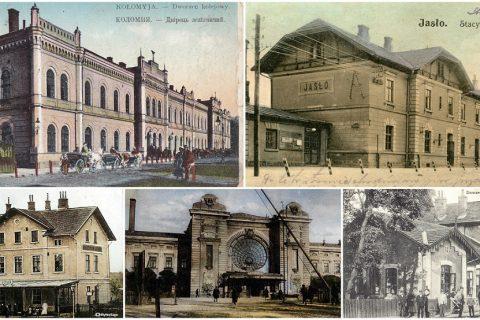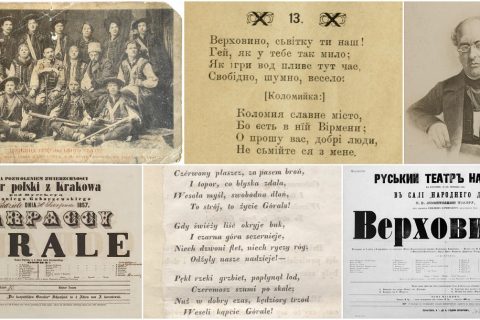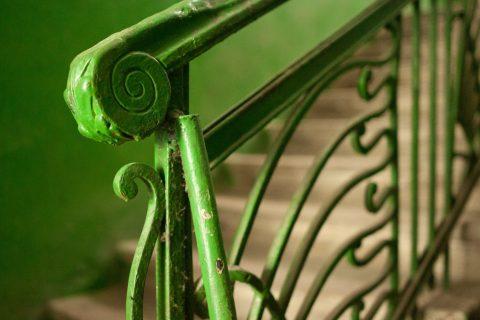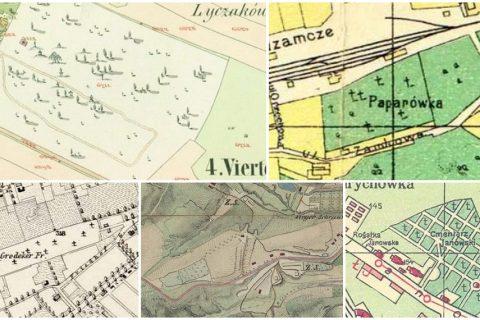A Piano with Russian Bullet Holes: On War, Family, Displacement, the Power of Music, Sich Riflemen Songs, and Russia’s Attack on Ukrainian Culture
“Did they not know that the Ukrainian people sing their beautiful songs, composed over the centuries by national heroes, not only in joy but also in sorrow, misfortune, and grief, during work and at rest, in peaceful times and in times of war? Had they heard the Sich Riflemen song […]
Read More





